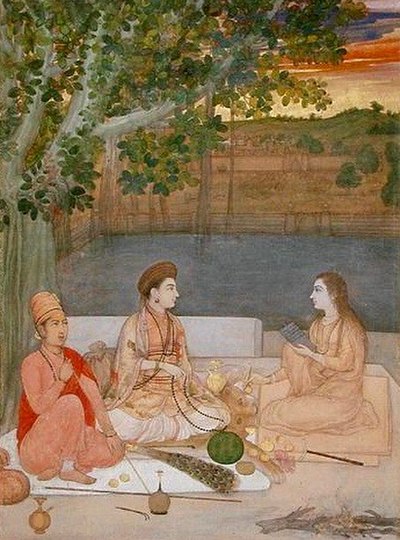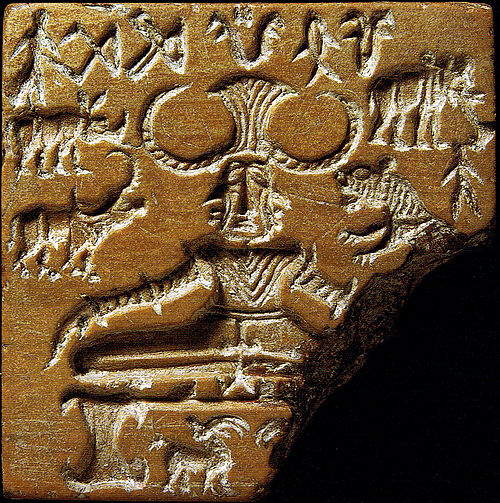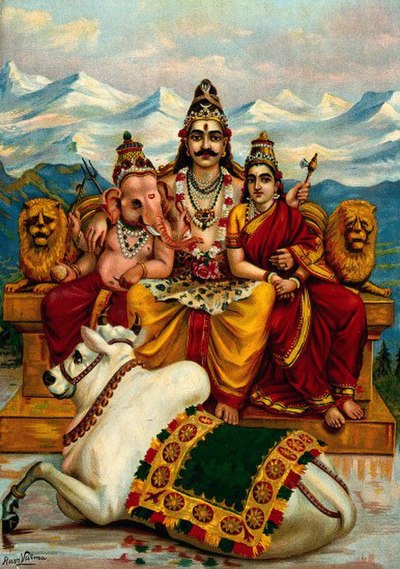Nath
Videos
Page
Nath, also called Natha, are a Shaiva sub-tradition within Hinduism in India and Nepal. A medieval movement, it combined ideas from Buddhism, Shaivism and Yoga traditions of the Indian subcontinent. The Naths have been a confederation of devotees who consider Shiva as their first lord or guru, with varying lists of additional gurus. Of these, the 9th or 10th century Matsyendranatha and the ideas and organization mainly developed by Gorakhnath are particularly important. Gorakhnath is considered the originator of the Nath Panth.

Painting of Hindu Nath yoginis ca. 17th century

The Navnath, according to a Deccan representation

Three Aspects of The Absolute, miniature by Bulaki from the manuscript of Shri Nath Charit, definitive text of the Nath yogis. Jodhpur, 1823. Mehrangarh Museum Trust

A Matsyendra (Macchendranath) Temple in Nepal, revered by both Buddhists and Hindus.
Shaivism
Videos
Page
Shaivism is one of the major Hindu traditions, which worships Shiva as the Supreme Being. One of the largest Hindu denominations, it incorporates many sub-traditions ranging from devotional dualistic theism such as Shaiva Siddhanta to yoga-orientated monistic non-theism such as Kashmiri Shaivism. It considers both the Vedas and the Agama texts as important sources of theology. According to a 2010 estimate by Johnson and Grim, Shaivism is the second-largest Hindu sect, constituting about 253 million or 26.6% of Hindus.

Shiva (above) is the primary deity of Shaivism.

The "Pashupati" seal from the Indus Valley civilisation.

Kushan coin of Vima Kadphises (2nd century CE), with a possible Shiva, holding a trident, in ithyphallic state and next to a bull, his mount, as in Shaivism. The deity was described by the later Kushans in their coinage as "Oesho", a possibly kushan deity.

Shiva (middle) is the supreme being of Shaivism, accompanied by his son Ganesha (left) and consort Parvati (right). Painting by Raja Ravi Varma.